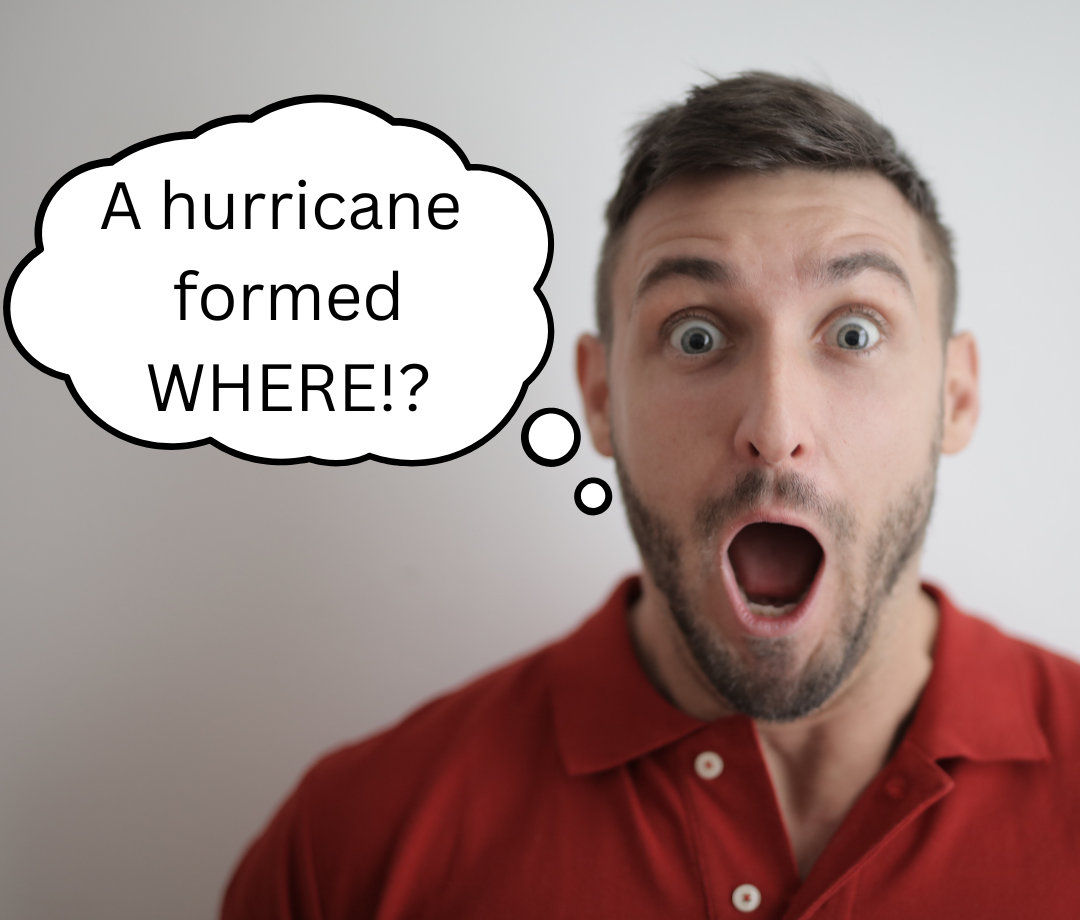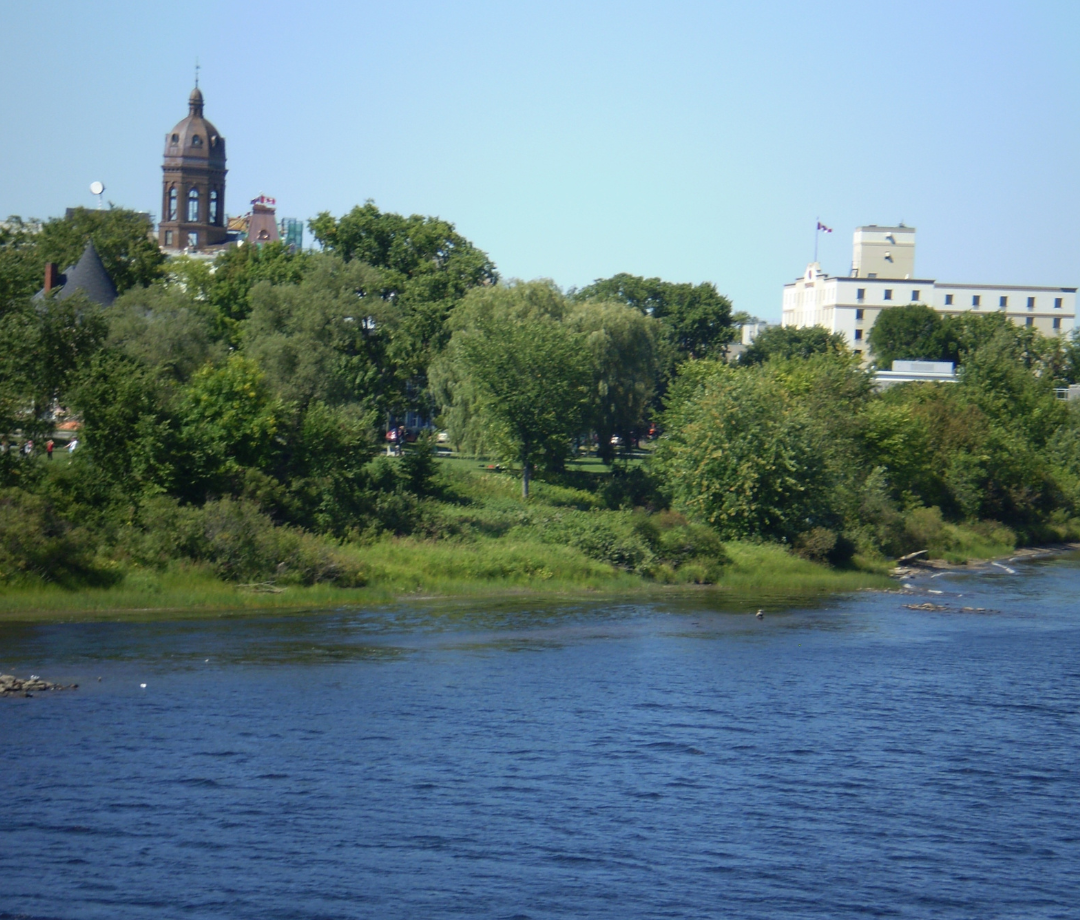What Is Fog?
Fog is a natural phenomenon where large amounts of water droplets float very low in the air, effectively forming a cloud at ground level. Due to the high amount of moisture in the air that often co-occurs with fog, it is commonly accompanied by rain. However, fog does not cause rain, and rain does not cause fog. The reason they so commonly happen together is because they are both caused by the same thing: plenty of water in the air. Rain happens when the water falls from the sky, and fog occurs when water droplets near the ground condense and cannot rise to higher levels. Driving in for can be dangerous due to the low visibility.
Places that are near water, such as coasts and lakes, especially places where the difference between land and sea temperature is greater, are the ones that experience fog most commonly. The windward sides of mountains (the side of mountains the wind comes from) also experience fog very often.
Fog itself is not dangerous but it can create visibility issues. Fog, however, is less dangerous than smog.
What Is Smog?
Smog, which was intentionally named in a way that combines the words “smoke” and “fog” is a form of low visibility caused by air pollution close to the ground. Smoke, nitrogen oxide, sulfur oxide and other chemicals are common causes of smog. Although there are some natural forms of smog, such as that caused when nearby volcanoes erupt, most smog is due to manmade air pollution. It became much more common during the Industrial Revolution. Although it can happen anywhere, smog is most common in large industrious cities, due to factories and cars being the two primary causes of pollution leading to smog. It also forms easier in warm, dry climates, and it should also be noted that wind can blow away smog.
Worldwide, India and Pakistan are countries that have the most smog, with both countries having many cities listed among the smoggiest in the world. In the Western world, LA and Mexico City are two cities that have plenty of smog. Hamilton, Fort McMurray and Windsor are consistently sighted as some of the smoggiest cities in Canada.
Why Is Driving In Fog And Smog Dangerous
Driving in smog and fog can be dangerous due to the reduced visibility caused by these conditions. Although the specific causes of these two conditions differ, as do the regions they occur in, is that they both reduce the distance one can see. This can be especially dangerous while driving, as not seeing very far could cause you to collide with another vehicle, a pedestrian, a bike, or a stationary object such as a lamppost or large piece of debris on the road, among other things. For this reason, it is important to keep in mind that you should take additional precautions when making the needed drives. Some of these tips are below.
How Should I Drive In Fog And Smog?
Driving in fog and smog mostly involves driving in ways that minimize the impact of reduced visibility. Some of the best tips for these situations are below.
Drive Slower
This is the first thing that comes to mind for people when being told to drive slowly, but it still bears repeating given how simple it is. This does not mean that you should drive slowly enough to disrupt everyone around you, but you should be able to brake very quickly if needed in case of an emergency. Most times, the speed limit is treated more as a minimum, but when you drive in smog or fog, the speed limit should be taken much more seriously. However, as usual, it should be kept in mind that you should go with the flow of traffic. You should also avoid quick acceleration and overly sharp turns if possible.
Avoid Tailgating And Brake Checking
Tailgating is when you drive extremely close to the vehicle that’s in front of you. In addition to being annoying for the other driver (anyone who’s ever been tailgated will understand this), it can also be dangerous, especially when driving in conditions like fog and smog that have lower visibility. The reason tailgating can be dangerous is because if the driver you are tailgating slams on their brakes, the odds of you being able to brake in time lower drastically.
Brake checking refers to tapping the brakes if you are being tailgated. This makes it especially dangerous to do, as the person tailgating you might not see you’re slowing down until it’s too late, which could cause anything from a fender-bender to a full-on accident. It’s best to lower the odds of such a problem by simply giving yourself more room to step on the brakes if needed.
Use Low Beams Or Fog Lights
Low beams and fog lights, while differing a bit, serve similar purposes. While fog beams are the better choice for this specific circumstance, if your vehicle doesn’t have them, low beams are a perfectly acceptable substitute. The purpose of both types of light is to increase visibility directly in front of you. This will help you see what is happening directly in front of you, which will help you notice potential danger, such as a stopped vehicle, earlier, allowing you more time to brake gradually, instead of needing to slam on your brakes.
Avoid High Beams
If you’re using lights on your car to improve your short-range visibility, it would make sense on the surface to use high beams so that you can see even further ahead. However, you would be mistaken if you think this. High beams aim high enough up that they create glare, and could blind other drivers, which is the opposite of what you would want when visibility is already an issue.
Avoid Cruise Control
Cruise control is designed to help your car move at a steady pace without much input from the user. It can reduce driver fatigue and can be very effective on long, open roads. However, cruise control can make someone complacent, or even dependent on the effects of cruise control. It also struggles in situations where brakes must be applied more suddenly. While there are certain uses of cruise control, driving in fog and smog is not among them.
Avoid Distractions
You’ve likely been told ever since you started driving school that you should avoid distractions. This is always for the best, and it becomes increasingly true when you are trying to battle against poor conditions such as fog and smog. Things like listening to the radio, talking to passengers, and using your phone become even more dangerous in low visibility and should be minimized or even avoided if at all possible.
Be Prepared To Use Alternate Routes
There are multiple reasons you might want to use alternate routes when driving in smog or fog. Maybe there is a more direct route. A different route may go higher, where fog will likely be thinner. Maybe more streetlights are allowing for better visibility. Maybe there will be less traffic. There’s also the possibility that an alternate route is just less foggy. Any of these reasons are valid enough for you to consider an alternate route.
Be Ready To Pull Over If Needed
If it gets too foggy for you to be able to see effectively at all, it might be best to just admit defeat in the short term and pull over for a little while and wait for things to get better. Similar to how you prepare for a blizzard, it might be best to keep certain equipment in your car if you need to pull over and rest.



